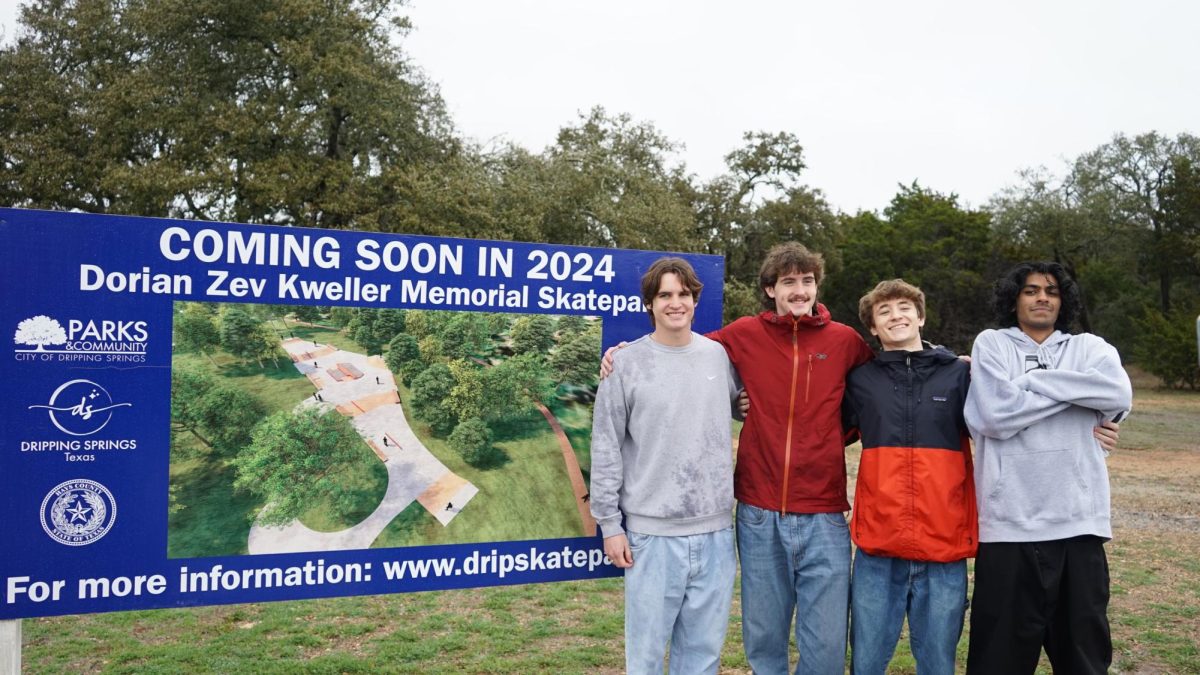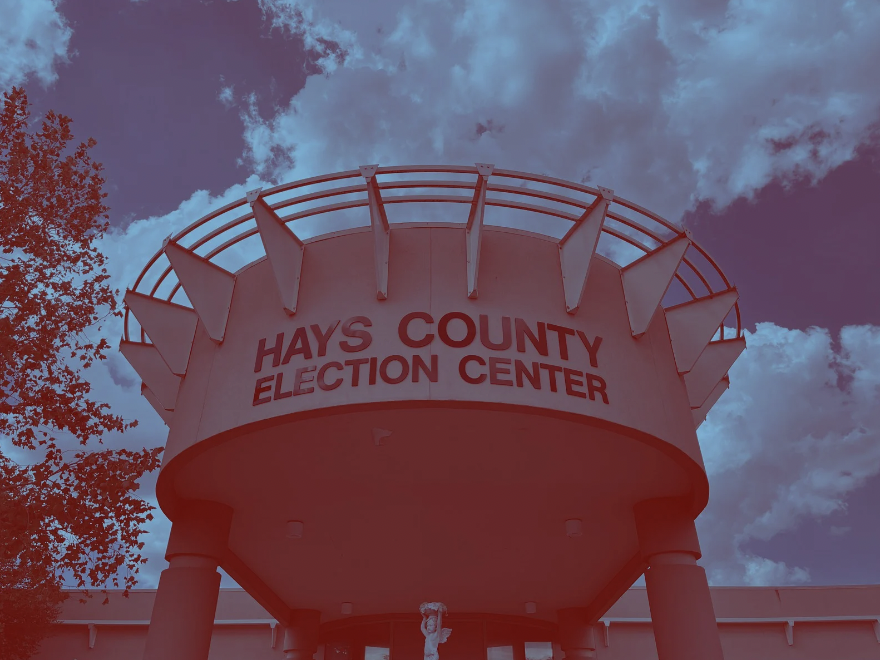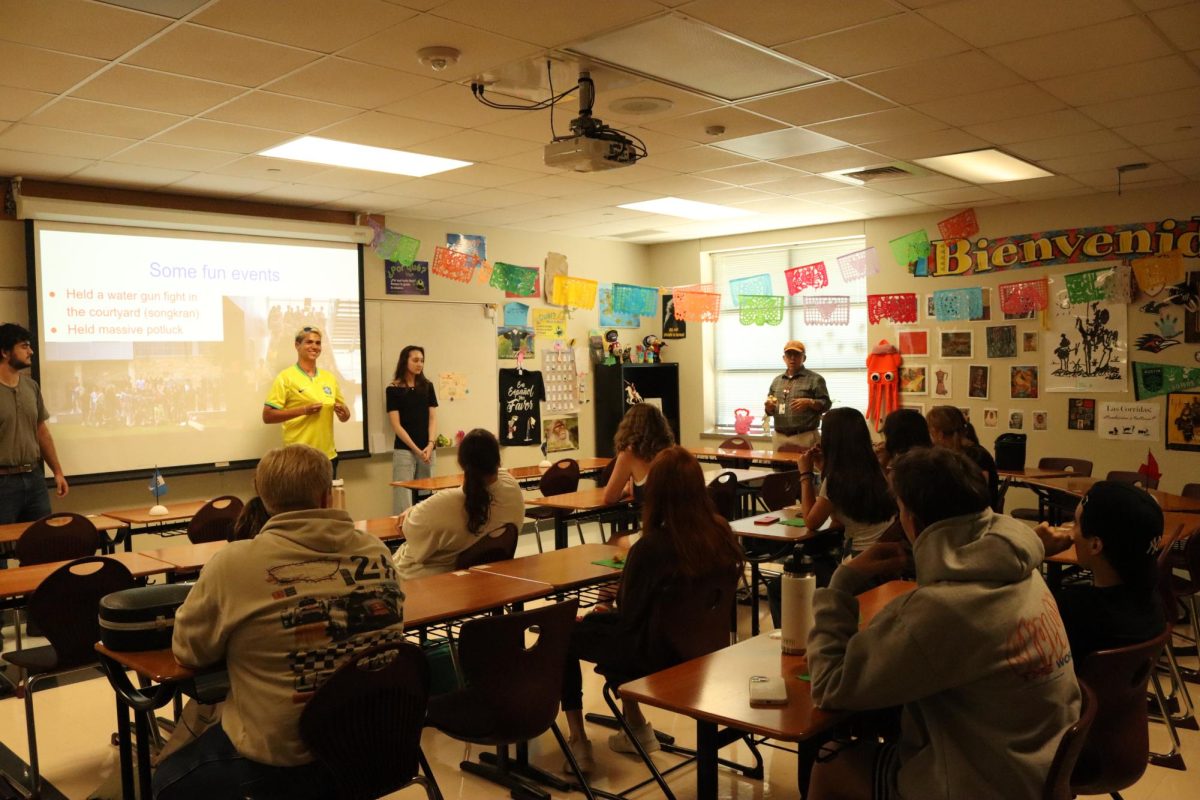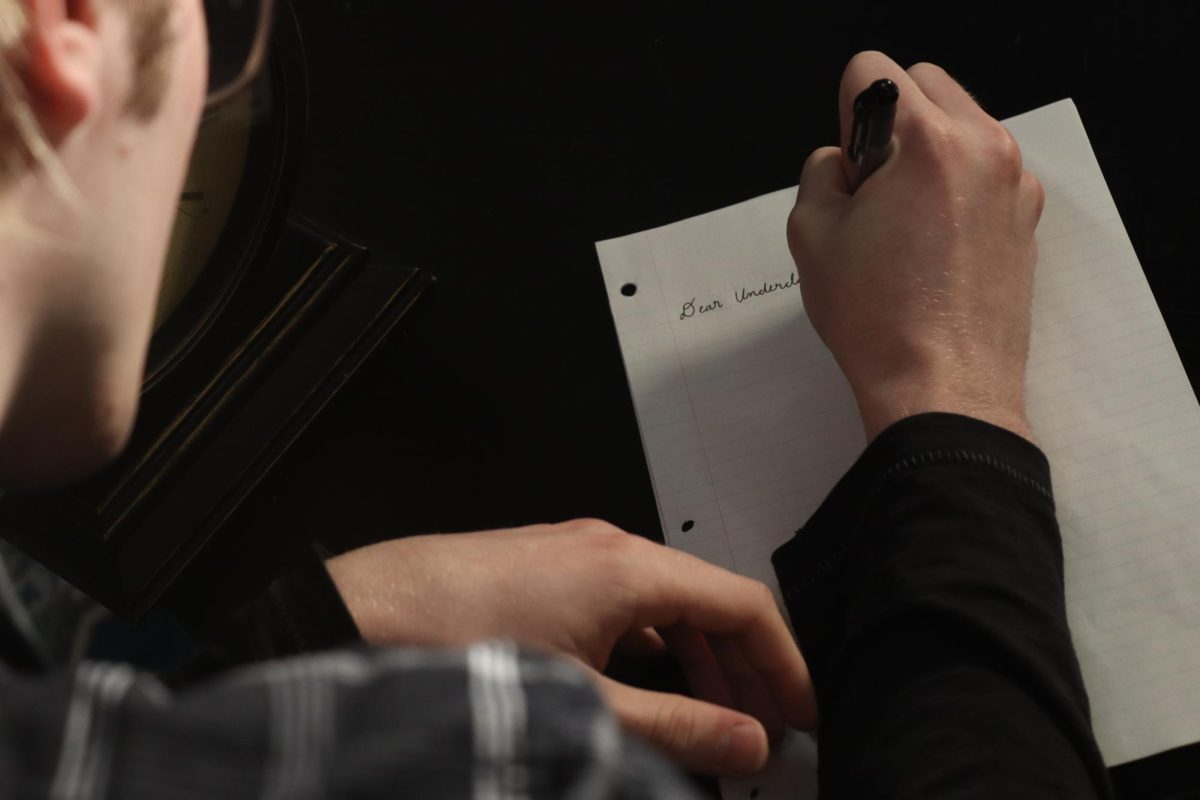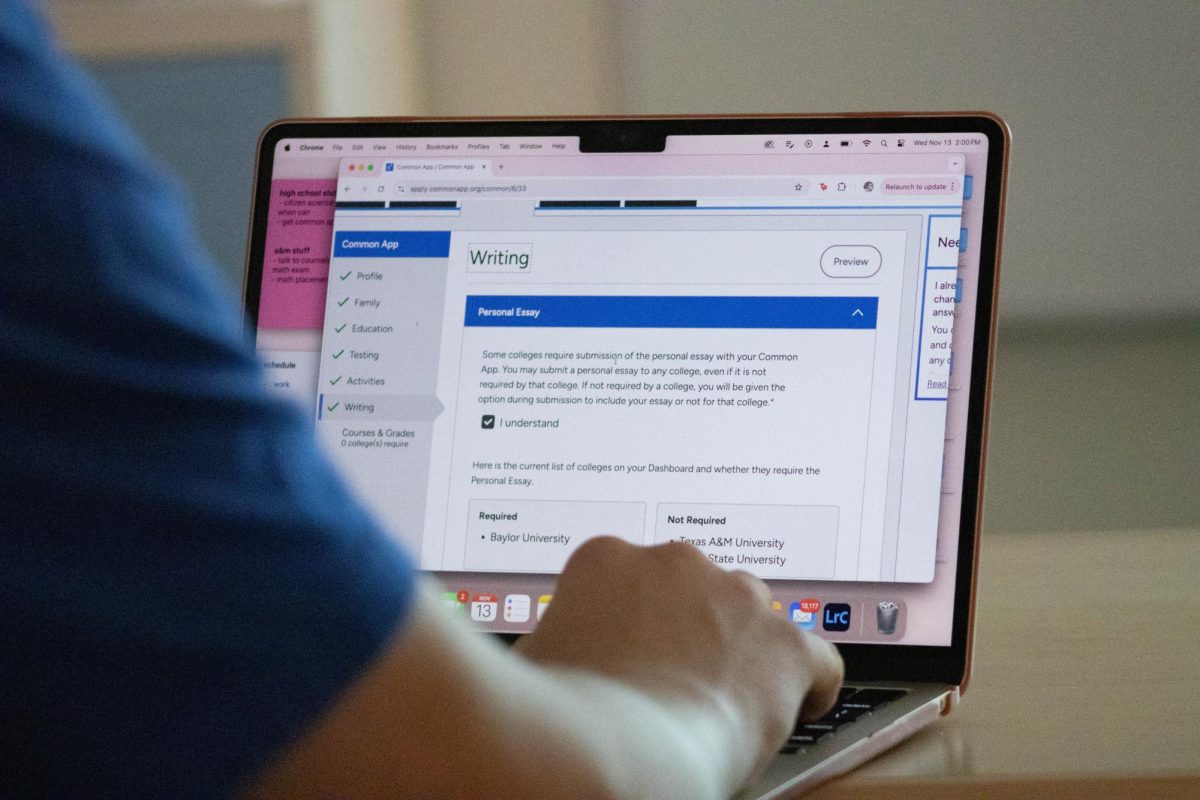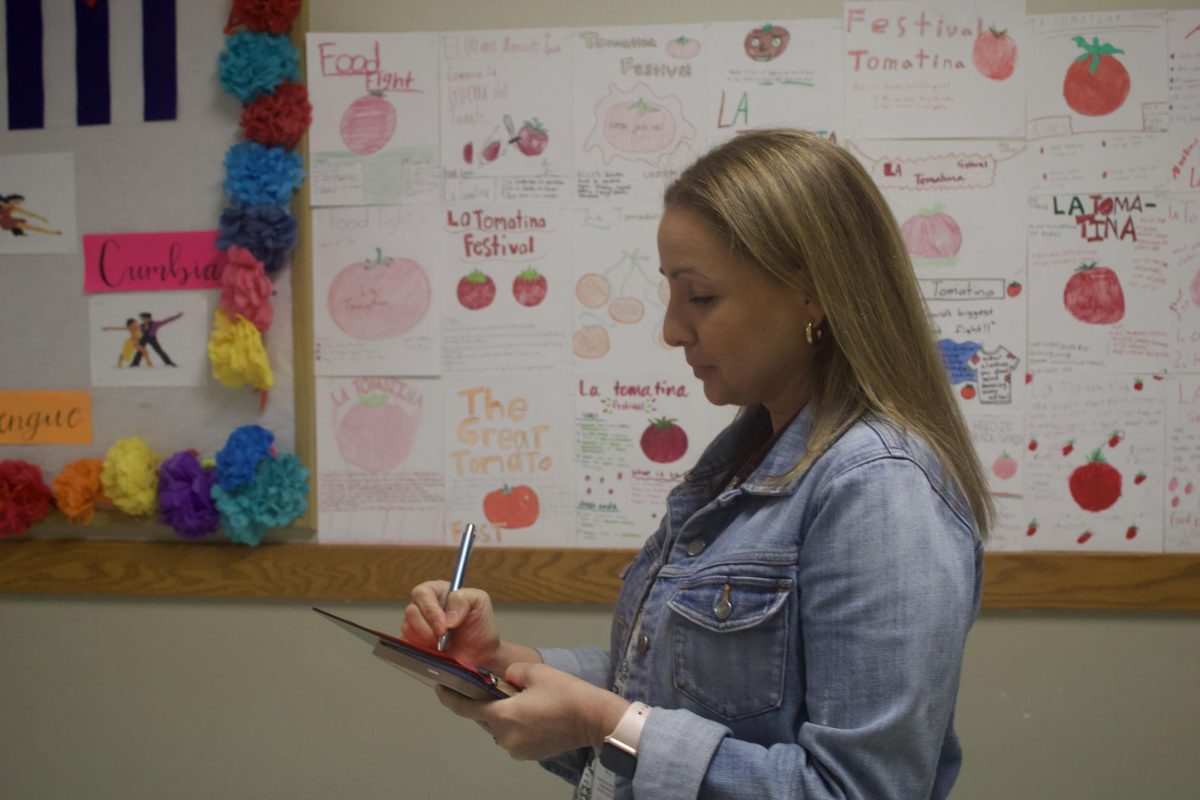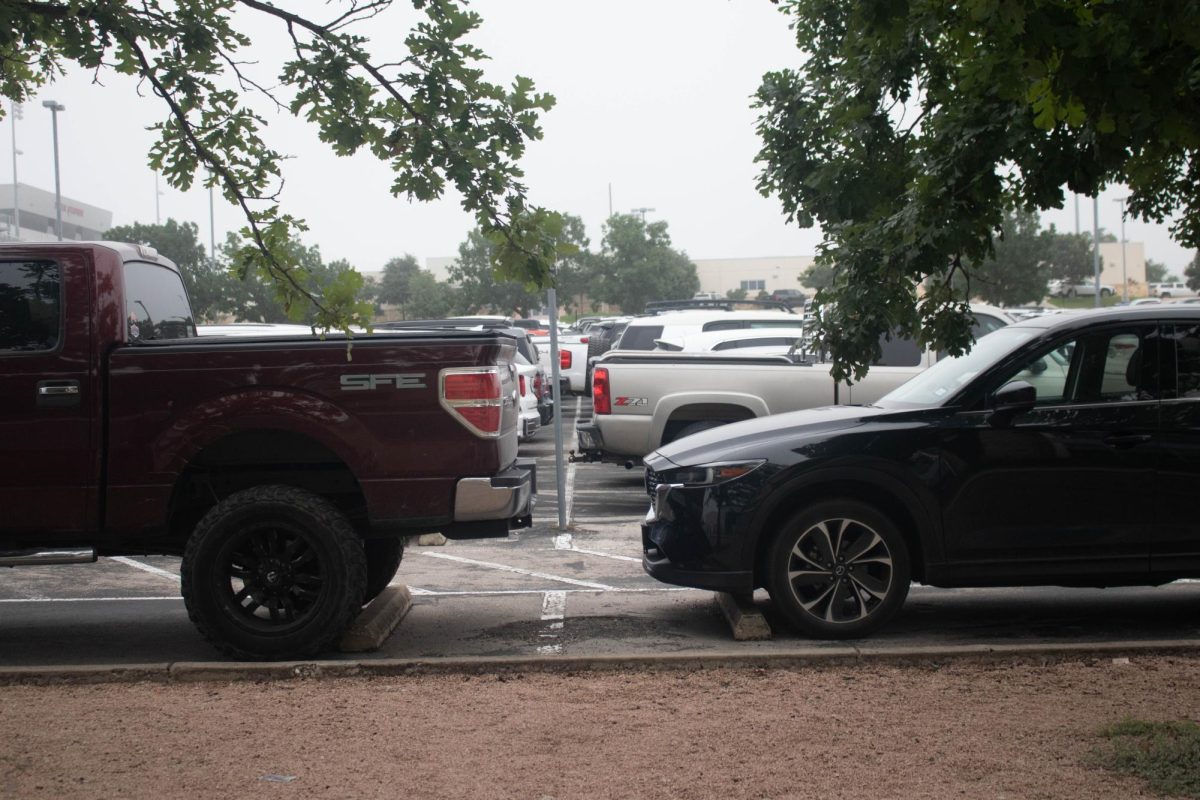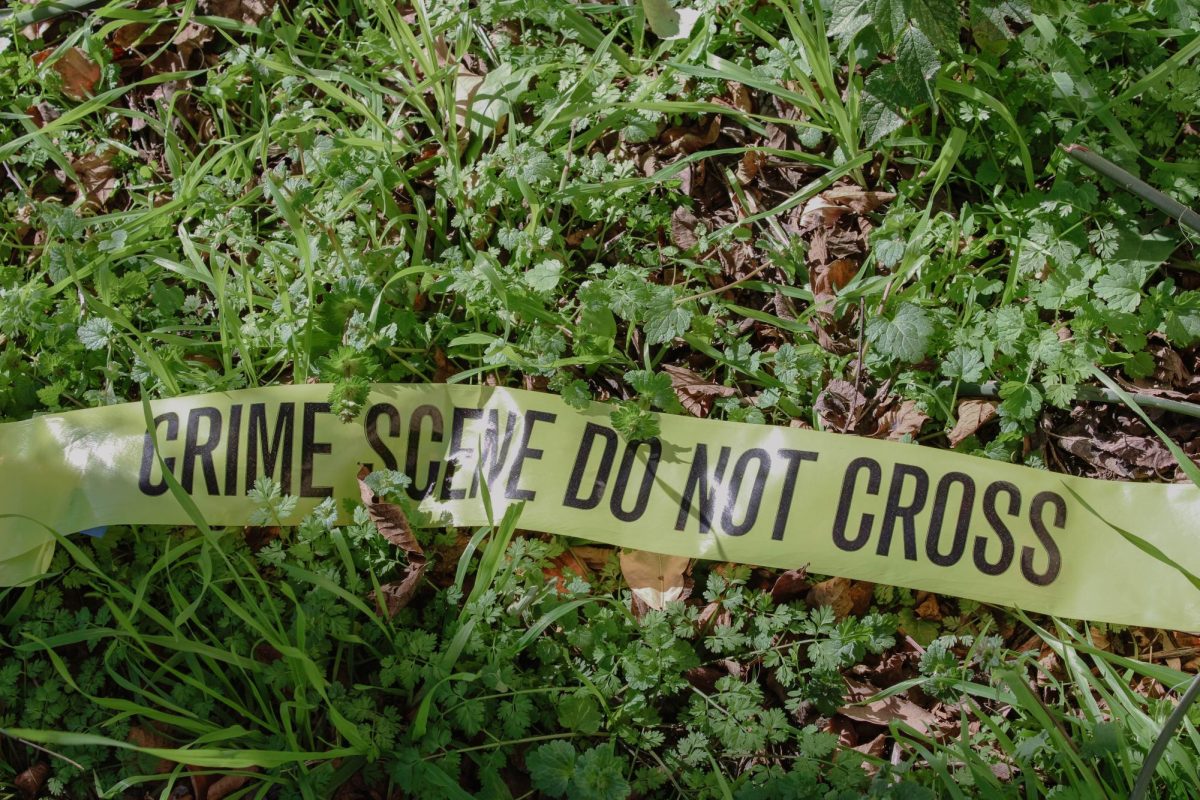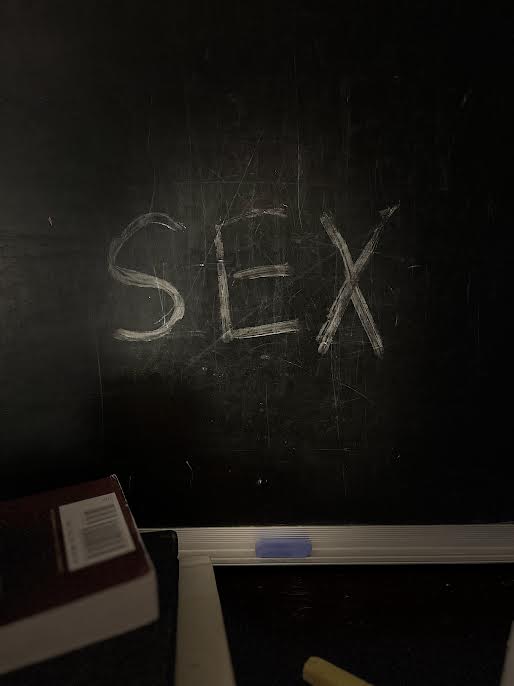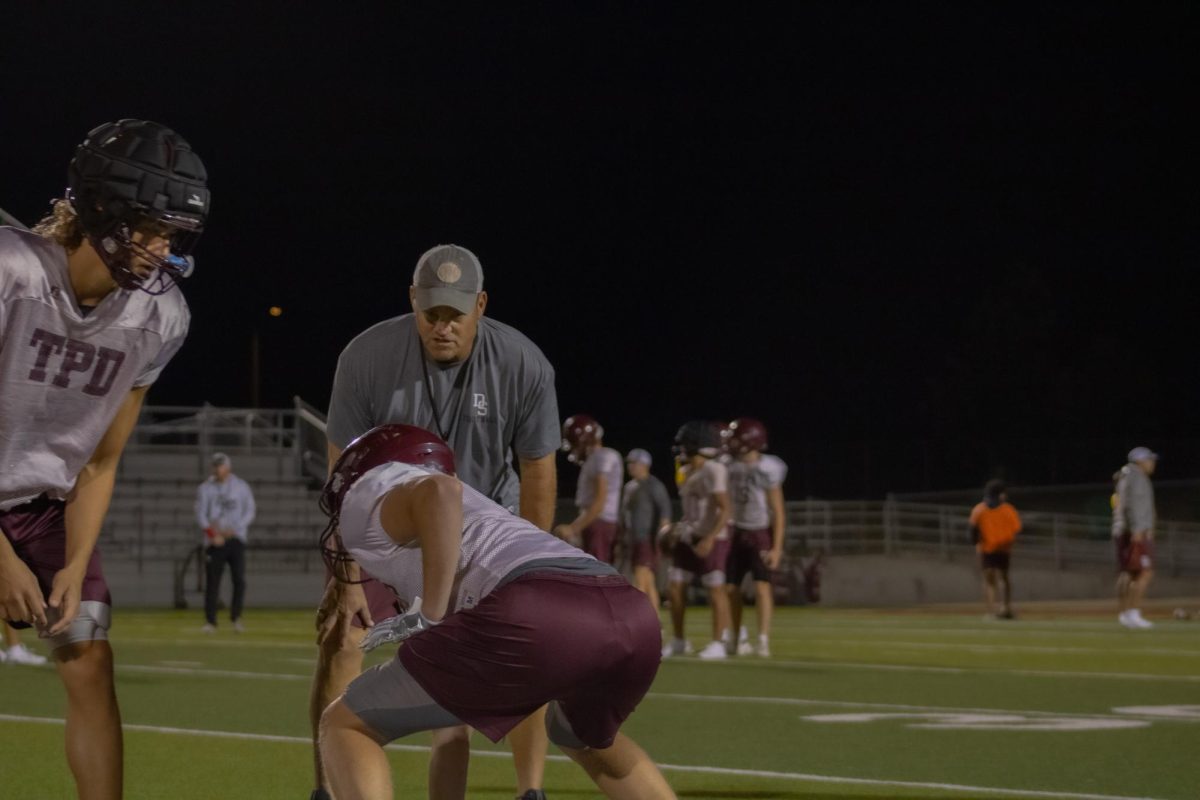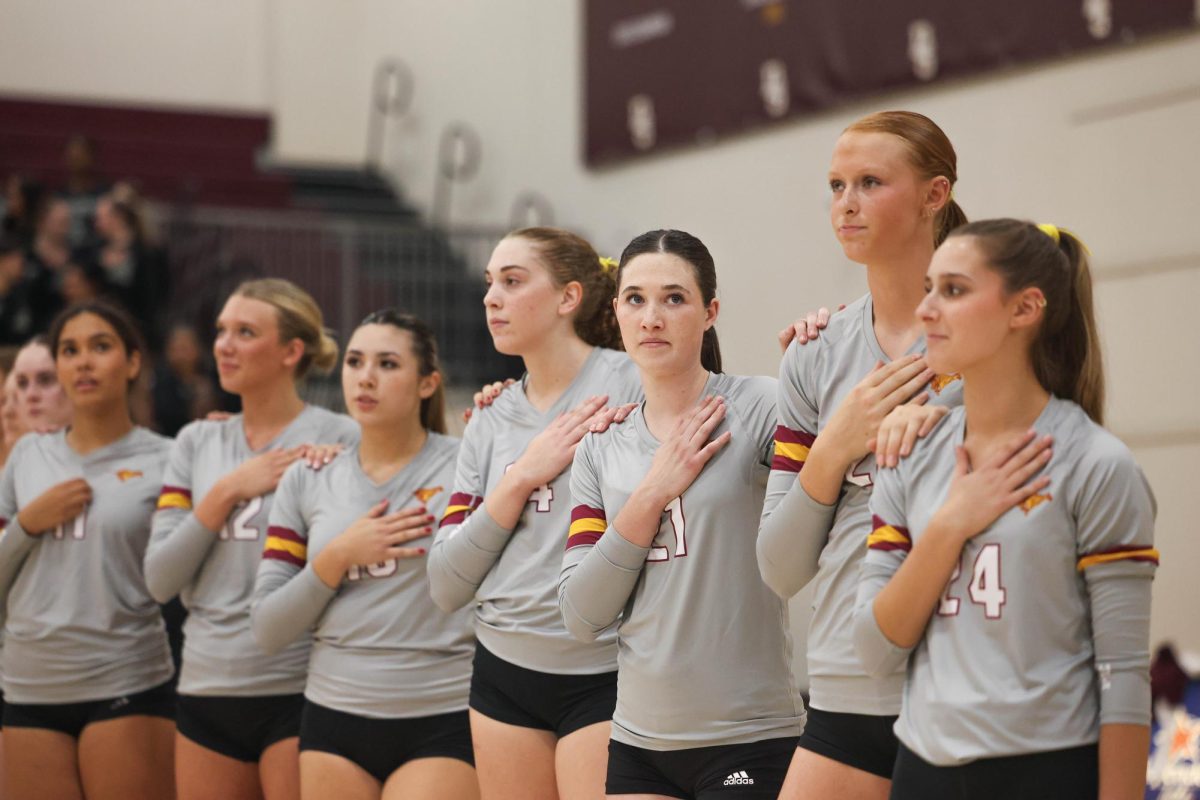“I had bought three [pills] of what I thought was oxycodone at school,” admitted junior Owen Sahs on purchasing opioids on campus three years ago. “We met up in the cafeteria bathroom and they gave it to me wrapped in saran wrap.” Three hours later, the student took a lethal dose of fentanyl and overdosed, saved just in time before near death.
Hays County is no stranger to narcotics, as Hays CISD recently lost six students to the unforgiving hands of fentanyl within the last year. As a community, Hays has seen a quick rise in narcotics as Texas is undergoing an uprising in counterfeit pills manufactured by Mexican cartels- specifically the Sinaloa Cartel and the Jalisco (CJNG) Cartel- who resource raw fentanyl from China and press pills outside the border. With Texas’ close proximity to the cartel network, along with easy access to dealers around Austin, Dripping Springs is facing high stakes of fentanyl lacing in counterfeit pills.
The DEA reports opioids are used in 2.4% of high school populations, and though Dripping Springs High School has not reportedly faced an in-school overdose or deaths related to narcotics, statistics show that roughly 250 students actively use the gateway drug known as nicotine.
Gateway drugs such as marijuana and alcohol are no strangers to the teenage lifestyle, having been prominent in coming-of-age culture for decades. However, heightened addiction arising from “the gateway” falls into the hands of vape companies, marketing e-cigarettes with strong emotional appeals and flavors that cater to the youth. More specifically, brands such as Juul, Esco Bar, and Elfbar have a signature look, shape, and color-corresponding flavors that romanticize nicotine products.
Vape companies capitalized on nicotine products, not being transparent about the dangerous chemicals put in the devices. Nicotine stimulates the brain to release adrenaline within ten seconds of entering the body, creating the short-lasting “buzz” that causes users to repeatedly use the device to pursue the same feeling, creating an addiction.
“Your generation does not know yet what the effects are going to be [on vaping],” assistant principal Melissa Spozio said. “We’re not going to know until about 20 years. It’s really scary, what your generation is going to look like, having that under their belt.”
In 2018, the CDC declared that vaping was an epidemic among the youth. As of 2023, the CDC found that one of every ten high schoolers actively uses nicotine in various forms, from nicotine pouches to vapes.
“I feel like you can get addicted to the process of snorting drugs like you can get addicted to the oral fixation of putting a vape up to your mouth,” the now-sober student addict said. “It turned into me scouring my grandma’s house for painkillers like hydrocodone, oxycodone, and that’s when I got into hard narcotics like oxycodone.”
Sahs first became addicted to substances after being introduced to vaping and weed in middle school. As the urge to feel high all of the time bled into using marijuana in school, the user became introduced to molly, Adderall, cocaine, and later hard narcotics as a result of becoming hooked on the euphoric sensations. Sahs has received help through rehabilitation centers and has maintained sobriety for over a year.
“[When high] I don’t think I ever did school work, I would fail all my tests, I’d skip class a lot,” said Sahs on school life with drug abuse. “My priorities were always like ‘How am I going to get my next fix’. I didn’t really care about my friends, I stopped hanging out with them. To be honest, I didn’t care because all I cared about was drugs. It definitely affected relationships with me, especially with family down the line, because that’s something people won’t forget.”
Highs don’t last forever, and the youth of the Dripping Springs community is at a hazardous risk of developing an addiction to unstudied chemicals and synthetic drugs. The door to addiction opens for vapes, and the lack of reasonable decision-making teenagers neurotically lack can lead to serious health issues and overdoses.
“Today, I am happier than I’ve ever been. I’ve been sober for a really long time now and I’ve rebuilt close relationships with my friends, my mom, my dad, my sister. I’m doing great, no longer doing any of that. School feels like a good place to be now, I feel safe at school, I don’t constantly feel paranoid,” said Sahs. Sahs is on his 20th month of sobriety.
“I’m able to focus on school now which, today, what’s important to me is getting into college and having a successful career. At the end of the day, I’m just grateful I was able to overcome addiction at such a young age,” Sahs said.
In order to prevent this generation from taking steps that lead to overdose and narcotic abuse. Addiction is a life-long battle, and if you are currently facing addiction ranging from nicotine to opioids, it is not too late to get help.



